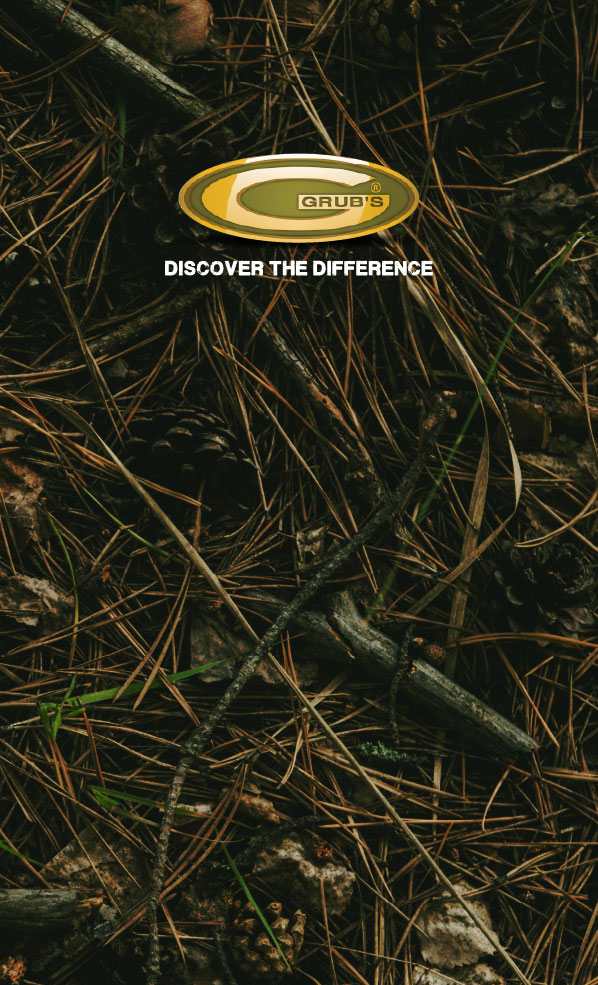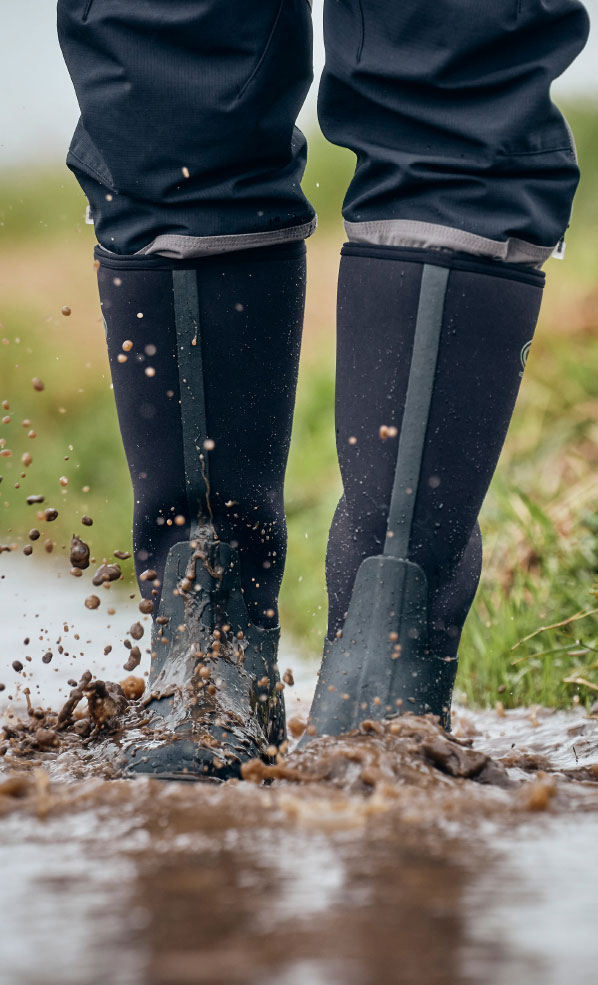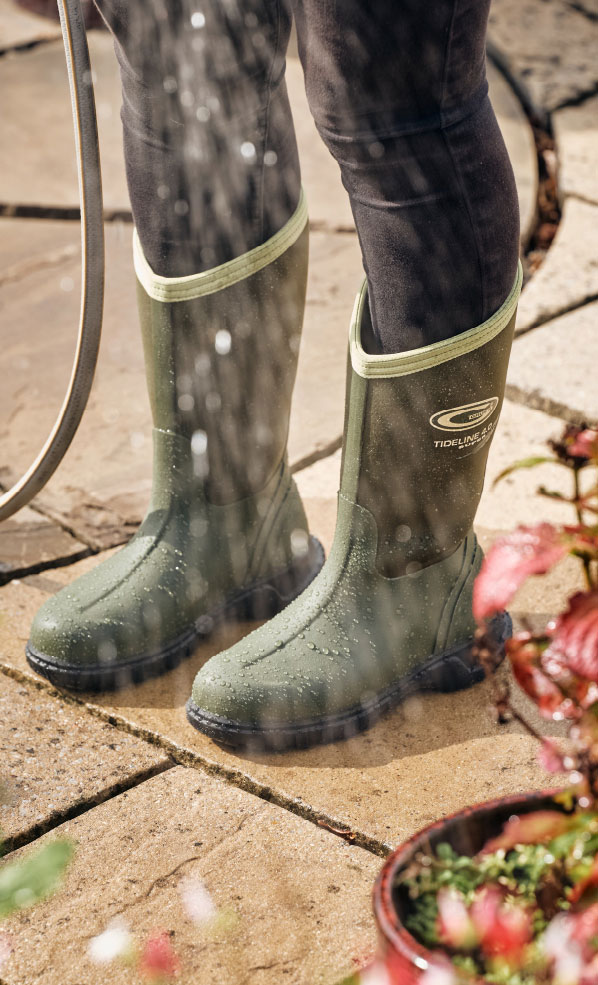Clothing Care Guide
Clothing Care Guide
Your Swanndri garments will give you years of loyal service if you look after them properly. By being more conscious of how you wash and care for your garments, you can help to reduce the wear and tear on the fabric, enabling them to last longer, and help mitigate your negative impacts on the environment - and your power bill!
Each fabric type requires a slightly different approach, so read our guide below for some top tips. But we recommend airing and spot cleaning your garments as much as possible before washing, to help reduce water and energy use. Many of our garments are made from natural fibres, which are breathable, and do not need to be washed as often.
Fabric softeners are not to be used for wool.

Our classic wool jackets and bush shirts are made from ZQ wool grown in New Zealand, they are rugged and hard wearing and easy to look after. We recommend spot cleaning your jackets for smaller spills and dirt to help preserve the fibres and save water. However, for those tougher smells and stains, ensure you use a wool detergent, as this is kinder to fibres and does not leave a gritty residue.
Simply hand wash in cold water ensuring you rinse well. Cold water not only reduces energy use, but also ensures the wool does not shrink. Gently squeeze out excess water and allow the garment to dry flat in the shade. When dry you can iron with a warm (not hot) iron when the garment is inside out if you need to.
Casual Wool Jackets & Bush Shirts
Care Instructions
- Spot clean and air if possible
- Cold hand wash using wool detergent only
- Rinse thoroughly
- Gently squeeze out water
- Dry garment flat in shade
- Do not rub
- Do not bleach
- Do not tumble dry
- Warm iron on inside of garment only
- Dry cleanable if necessary, but we recommend handwashing to help reduce energy and chemical use.

Wool is naturally breathable and has antimicrobial properties, meaning your garments don't need to be washed as often. For tailored jackets, we recommend airing outside on a sunny day to help with any smells or dampness, and spot cleaning for any smaller marks.
If your tailored coat needs a more thorough cleaning, it should only be dry cleaned as the fabric is not suitable for hand or machine washing. We recommend looking for a dry cleaner that uses energy efficient machinery, bio-based, safe and biodegradable cleaning products, and reduces their use of packaging and plastics.
Tailored Wool Coats
Care Instructions
- Dry clean only

As with other wool garments, the wonderful properties of wool mean your garment does not need to be washed as often, and can be aired or spot cleaned to help reduce water and energy use. However, if your knitwear needs a more thorough clean, ensure to use a detergent designed for wool garments and hand wash in cool water, keeping darker or bright colours for a separate wash.
Dry your knitwear flat and in the shade.
You can use a warm iron on the inside of the garment once it is completely dry, if you need to.
Wool and other knitwear pieces can often show little balls of fluff, called pilling, on areas of friction. This is very normal for delicate garments, as when the wool is spun into a yarn, the lengths of the fibres can differ in length. The shorter fibres tend to start to show on the surface, and then get rolled into little balls when you wear the garment. This does not reflect poor quality - this is just a natural occurrence to fine knitwear.
To gently de-pill your knitted garment, use a pilling comb or delicately comb over with a razor to help remove the balls of fluff - remember to be extra careful. Pilling will occur less and less over time, as the loose fibres make their way to the surface.
It is also important to follow the care label instructions to prevent pilling and maintain the quality of the product.
Once the warmer months are here, we recommend storing knitwear folded in a cool dry place to help prevent your knitwear from 'growing' on a hanger. Store in a cotton or natural fibre bag to help prevent moths.
Knitwear/Merino
Care Instructions
- Spot clean and air if possible.
- Cold hand wash using wool wash detergent
- Rinse thoroughly with cold water. Gentle squeeze out excess water
- Ease into shape
- Dry garment flat in shade
- Do not rub
- Do not bleach
- Do not soak
- Do not tumble dry
- Warm iron on inside of garment only
- Dry cleanable if necessary, but we recommend handwashing to help reduce energy and chemical use.
Merino (base layer)
Care Instructions
- Wash with similar colours
- Cool gentle machine wash inside out with wool detergent
- Do not rub, bleach or wring
- Rinse well
- Dry flat in shade
- Warm iron on inside of garment only
- Dry cleanable if necessary, but we recommend handwashing to help reduce energy and chemical use.

Our range of plain and printed T Shirts are manufactured from high quality cotton, that are breathable and soft, and will give you years of service if you treat them well.
We recommend a cold gentle machine wash, to help protect the fibres, and reduce water and energy use. Ensure you keep similar colours together.
Avoid anything that may weaken the fabric, like soaking, bleaching or wringing.
Dry in the shade to prevent colour fade. You can also turn the t-shirt inside out to preserve the colour even more.
If necessary, you can iron on a warm setting when the garment is inside out, but avoid applying heat to any print details.
We do not recommend tumble drying as it can weaken the fibres of your garment, and uses excess energy.
T Shirts
Care Instructions
- Wash with similar colours
- Cold gentle machine wash
- Do not soak, bleach or wring
- Line dry in shade
- Do not tumble dry
- Warm iron on inside
- Do not iron prints
- Do not dry clean

Our shirts are thoughtfully crafted and made to last.
Whether you have chosen our cosy brushed cotton, or one of our lightweight summer styles, they are easy to care for, and can be spot cleaned and aired for minor smells and spots. For tougher stains, machine wash on a gentle, cold cycle and dry on the line to help reduce energy use, and minimise the need for ironing.
If you do need to iron, use on a warm setting.
Shirts
Care Instructions
- Spot clean and air if possible
- Wash with similar colours
- Cold gentle machine wash
- Do not soak, bleach or wring
- Line dry in shade
- Do not tumble dry
- Dry warm iron
- Dry cleanable if necessary, but we recommend handwashing to help reduce energy and chemical use

Our fleece is durable and easy to care for. We recommend spot cleaning, as this is an outerwear garment, and may not need to be washed as often as close to body garments. If you do need to wash, simply machine wash on a cold wash with similar fabrics and colours, avoiding fabric softener in the wash as this will impact the performance of your fleece or sweatshirt.
Dry on a line in the shade and avoid tumble drying or ironing to help preserve the fibres and reduce energy use.
Fleece
Care Instructions
- Spot clean and air if possible.
- Gentle cold machine wash
- Do not soak or bleach
- Do not use fabric softener
- Line dry in shade
- Do not tumble dry
- Do not iron
- Dry cleanable if necessary, but we recommend handwashing to help reduce energy and chemical use.

These items are high performance fleece fabrications combined with other fabrics for durability and functionality. The Tundra Bush Shirt, for example, features a bonded membrane which means it can also keep you dry and keep the wind out.
We recommend spot cleaning for smaller stains, but if a more thorough clean is needed, these items can be cold machine washed on a gentle cycle and dried in the shade. Do not tumble dry these garments.
High Performance Fleece
Care Instructions
- Spot clean and air if possible
- Cold hand wash or machine wash separately
- Do not bleach, do not use fabric softener
- Line dry in the shade do not tumble dry
- Do not iron
- Do not dry clean

Your trusty oilskin has been crafted to ensure many years of solid service, but it will require a little maintenance from time to time to keep it at its best. Read our step-by-step guide and watch the 'how to care for Oilskin' video here.
Oilskin
Care Instructions
- Brush dry dirt from the outer
- Sponge with a damp cloth - cold water only
- Do not machine wash
- Do not use soap, detergent or solvent
- Do not soak or bleach
- Do not tumble dry
- Dry on a hanger in the shade until thoroughly dry
- Do not iron
- Do not dry clean
- Store garment separately in a cool dry place
- Reproofing of the outer may be required

Our softshell fabric is durable and easy care. We recommend spot cleaning for small stains, and hanging on the line to dry. If a more thorough wash is needed, you can machine wash on a gentle, cold setting, and dry on a line in the shade. We don't recommend tumble drying or ironing this fabric.
Softshell
Care Instructions
- Spot clean and air if possible
- Wash with similar colours
- Cold gentle machine wash
- Do not soak or bleach
- Line dry out of direct sunlight
- Do not tumble dry
- Do not iron
- Do not dry clean

Your rainwear piece is designed to keep you dry in the elements, and as this is an outer wear piece, it shouldn't need to be washed that often. If you get the odd mark or stain, you can spot clean in cold water and hang to dry. If a thorough cleaning is needed, you can hand wash in cold water and hang in the shade to dry, this will help keep your rainwear looking great and performing well in the years to come.
Remember to not use fabric softener, and rinse well to ensure all detergent is removed. We don't recommend applying heat to these fabrics, as they could melt, so don't iron or tumble dry.
Rainwear
Care Instructions
- Spot clean and air if possible
- Cold hand wash
- Do not bleach
- Do not soak
- Do not use fabric softner
- Line dry in shade
- Do not iron
- Do not tumble dry
- Do not dry clean

Swanndri Repair Guide
While your Swanni is made to withstand the wildest weather and toughest situations, rips happen. Whether it's from snagging on a stubborn branch or getting caught on a pesky nail, it's just one of those universal truths. Like misplaced keys or disappearing socks.
But a little rip or tear doesn't have to mean the end for your favourite item. Our handy repair guide is here to help you patch up your gear and extend the life of your garment.
Mend small tears and holes
Here's a quick step-by-step if you've got a small tear in your wool or cotton garments.
- Grab a needle and some matching thread - or any thread if you'd like to show off your badge of honour.
- Once you've threaded your needle and tied a knot at the end, start from the inside of the garment to hide the knot. Bring the needle out from the inside, a quarter or half-inch from the tear.
- Stitch across the tear, not along it. Imagine you're making little bridges across a river. Make sure to keep the stitches small and tight.
- When you reach the end of the tear, make a few extra stitches to secure it. Then, make a small knot and cut the thread.
Sew a button
- Gather your materials: you'll need a needle, thread, and of course, a button. We recommend the four-hole kind for extra thread attachment.
- Thread your needle and tie a knot at the end. Double up for extra strength.
- Line up the button in the right spot. It's usually pretty obvious where it should go.
- Bring the needle up from the back of the fabric, through one hole of the button. Now go back down through the opposite hole. Repeat this a few times.
- If your button has four holes, simply repeat the step above with the other two holes.
- When you're done, secure it by making a couple of small stitches in the fabric under the button. Tie a knot, and cut the thread.
Darn a sock
An easy-to-follow guide to get your favourite pair back on your feet:
- Grab a needle, some thread, and something to place inside your sock to hold it in the right position as you're stitching. This could be a lightbulb, tennis ball or another rolled up sock - feel free to get creative.
- Thread your needle, tying a knot at the end.
- Start a little way from the hole and begin weaving the thread back and forth, covering the hole, making a nice little patch of new fabric.
- Once you've covered the hole, keep going a bit more to reinforce the area around it.
- Secure your work with a knot, then cut the thread.
And there you have it - now you're ready to mend your garments like a pro. This guide covers some of the basic and common mends that you might need. Dealing with bigger rips and tougher materials might require professional attention.
We are currently developing our Repairs Programme to ensure all our pieces are kept looking their best. Sign up to our newsletter so you'll be first to know when we launch it.
 Men
Men Women
Women Kids
Kids Accessories
Accessories Boots
Boots













